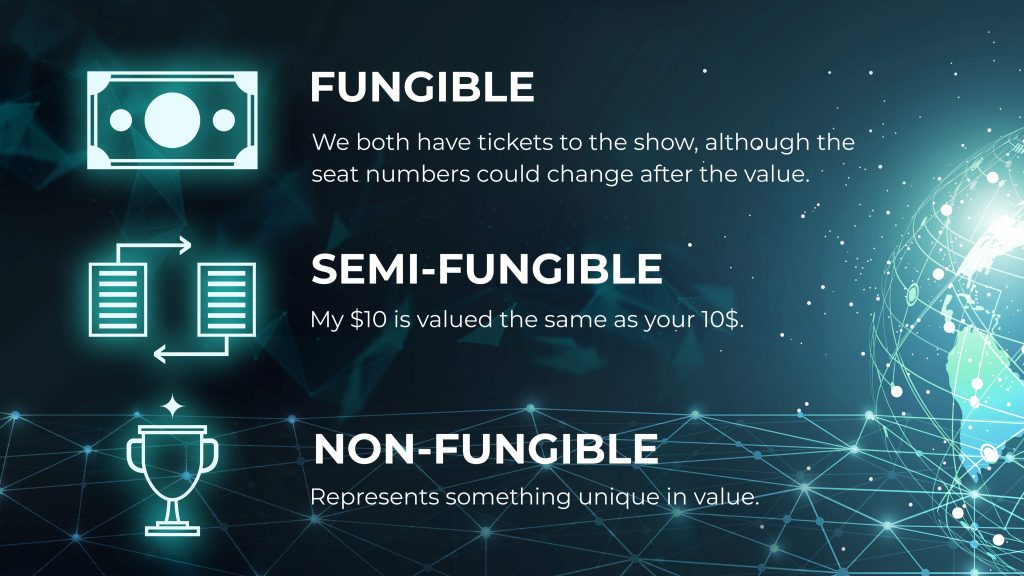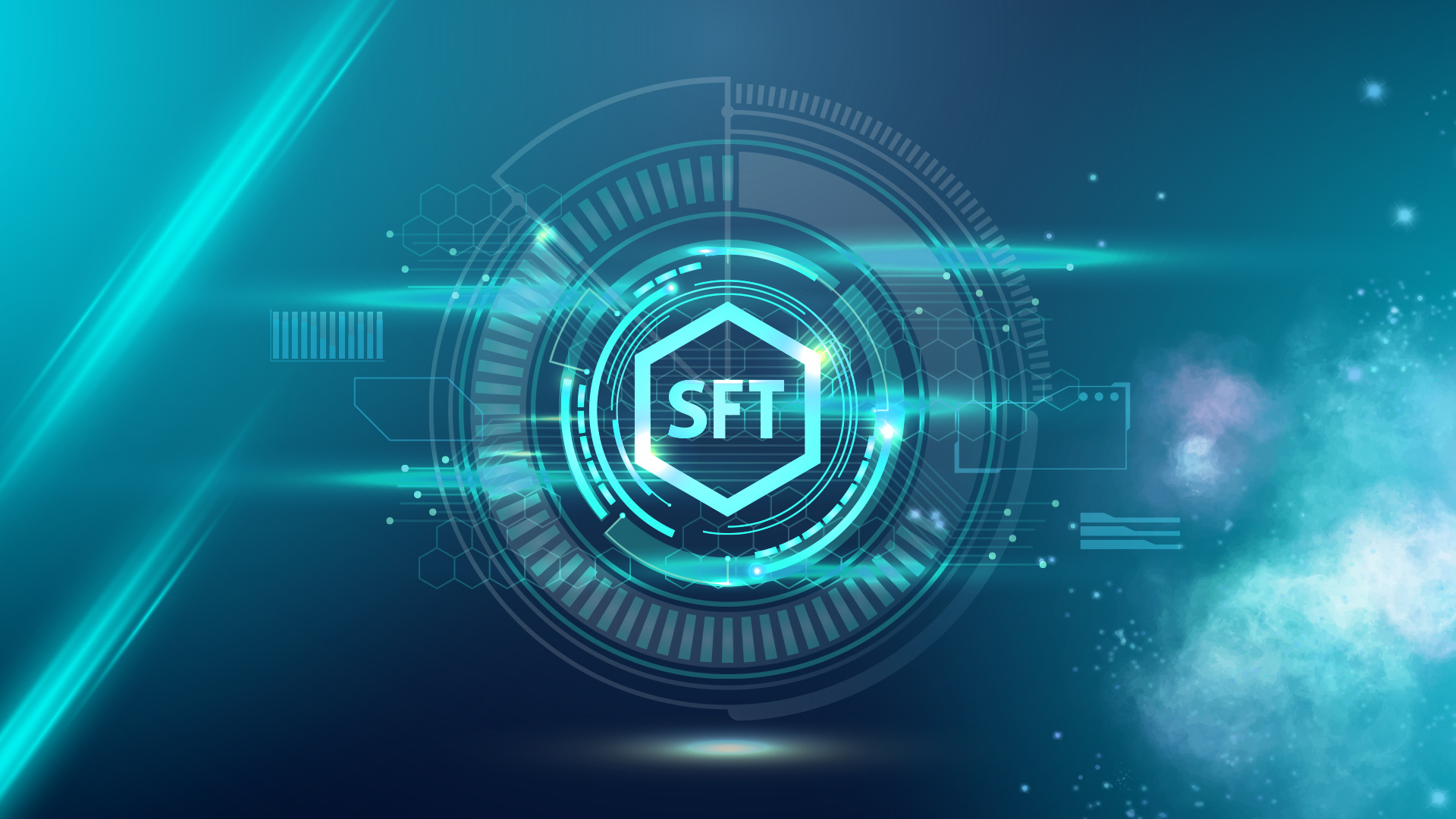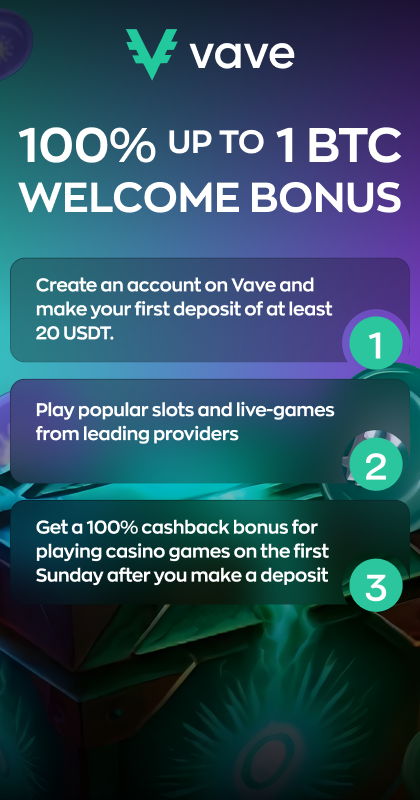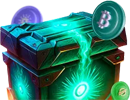In the crypto world, predicting what will happen tomorrow is impossible. As soon as we say we have learned enough, something new appears, making us feel confused again. One of the trendy news is the birth of SFTs or semi-fungible tokens.
This subject occupies the news headlines, making people curious about the difference between fungible, NFT, and SFT. And since the latter is less popular than the rest, we’ve written this article to explore their main differences and help you understand them better. Let’s find more at the casino Vave blog pages!
What Is a ‘Semi-Fungible’ Token?
The concept of SFTs is based on flexibility. The token starts circulating as fungible and then becomes non-fungible. So it’s all about the transition from one form to another.
Let’s suppose that you are a big soccer fan and bought an online first-class ticket to the Champions League final for a specific amount. Once the full-time is over, the ticket will no longer give you access to watch another game. However, it will become like a souvenir or a collectible that can grow in value over time.
This transition from fungible to non-fungible is what we call semi-fungible crypto tokens. More than that, SFTs are programmed to stay active and supported on smart contracts forever.
Differences From Fungible and Non-fungible

To answer the question “What are semi-fungible tokens?”, we need first to differentiate between fungible and non-fungible. We can easily replace a fungible element with another identical item in terms of value and form, like exchanging one dollar for another. Similarly, fungible tokens, such as Bitcoin and Ethereum, are all interchangeable, with one being exactly the same as the other.
On the other hand, non-fungible items, like houses or engagement rings, are unique and can’t be replaced easily due to their distinct features, such as special memories or behaviors. When you buy an NFT, you become its exclusive owner in blockchain technology, free to resell it whenever you wish. However, you can’t delete or destroy it because all the data about its authenticity and the previous owners are securely stored in the ownership records.
Let’s take the example of the Bored Ape Collection, a famous digital art collection supported by celebrities. These NFTs (tokens) are unique, irreplaceable, and their value can change depending on their rarity.
Overall, NFTs are not fractional, unlike cryptocurrencies. They arrive in one unbreakable coin, like meme coins. They may have duplicates, but the project and price are different. This means that even if we create a similar ape and convert it into NFT, it wouldn’t be worth thousands (or even millions) of dollars like the authentic one.
Advantages of Using SFTs
Semi-fungible tokens (SFT) bring together the strengths of both fungible and non-fungible tokens. For this reason, we made a list of advantages to help you make an SFT vs NFT comparison.
Before use, SFTs behave like fungible tokens. For example, imagine you are an influencer and receive a wedding invitation from Ronaldo. This invitation will stay fungible until the end of the event. However, when it expires, it becomes a non-fungible asset, losing its value and can’t be exchanged for another. This way, the invitation becomes a semi-fungible token example.
Additionally, SFTs follow the ERC-1155 standard, which enables the creation of tokens with various means. This standard combines the characteristics of fungible and non-fungible tokens. An essential advantage of SFTs is their reversibility in case of a transfer error. Unlike fungible tokens, SFTs’ mistakes are correctable. Users can recover their tokens if they send a transaction to the wrong address.
Moreover, SFTs enable multi-transfer with less fees. This feature makes them attractive for gaming applications, where designers can offer items with both fungible and non-fungible token capabilities.
In short, semi-fungible tokens (SFTs) provide exciting opportunities. However, regular users and investors still need to wait because the public markets, DApps, and metaverse environments for SFTs are yet to be available.
The Future of SFTs
As explained, there is no doubt that Semi-Fungible Tokens (SFTs) have a bright future and can change the blockchain landscape and how we use digital stuff like money and collectibles. Although we can’t confirm what will happen, here are some positive market predictions that might occur with SFTs:
- More People Using Them: Game makers and others often use SFTs because they combine the best parts of regular tokens and special tokens in one contract, making them easy to work with.
- Lots of Different Uses: SFTs might be used in games and for things like art, collectibles, and even tracking products in stores.
- Simple Standard Rules: People might agree on common rules for SFTs, making it easier for everyone to understand and use them.
- New Regulations and Rules: The future of SFTs might be affected by what rules the government makes for cryptocurrencies. This is why we will witness some clear rules to help SFTs grow safely.
- People’s Support: SFTs’ future would depend on how much people like them. If people keep using and believing in them, they’ll keep getting better.
Remember, these are just possibilities, and the real future of SFTs will depend on how things turn out in the real world.
Conclusion
Finally, Semi-Fungible Tokens (SFTs) demonstrate the continuous improvement of the cryptocurrency and NFT markets. Each day brings new solutions to yesterday’s challenges. All of this aims to support a community that truly believes in blockchain technology and its positive impact on people’s lives.
If you like to understand unusual concepts in the crypto world, we also recommend that you read our article about gift card scams and how to avoid them.
FAQ
What is an SFT?
Can SFTs be traded on non-blockchain platforms?


















